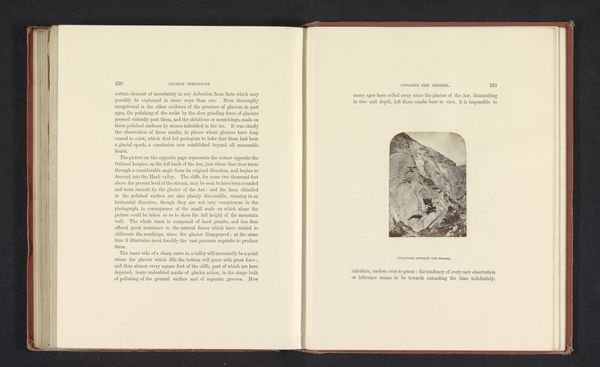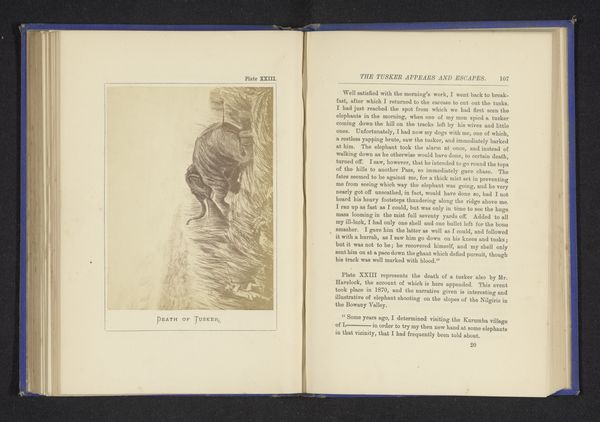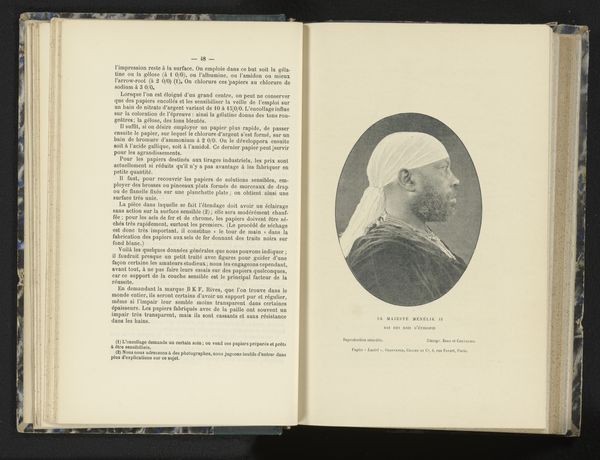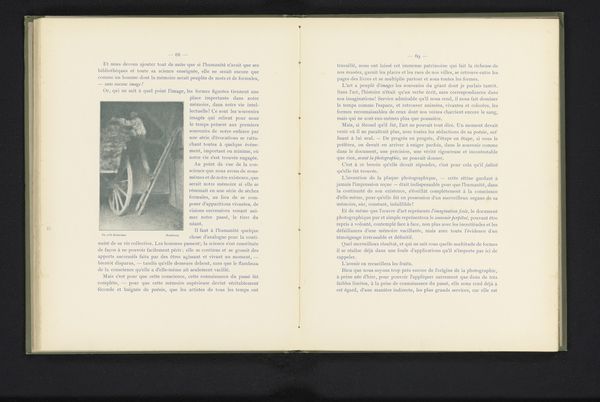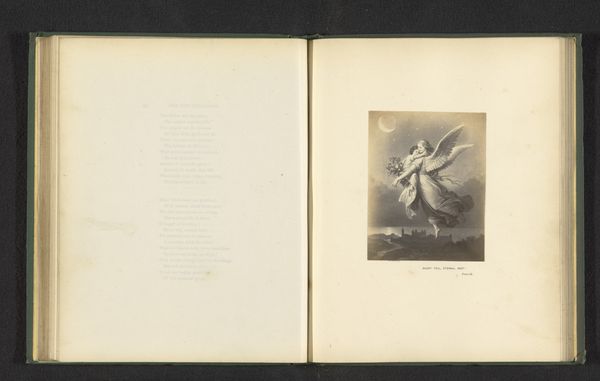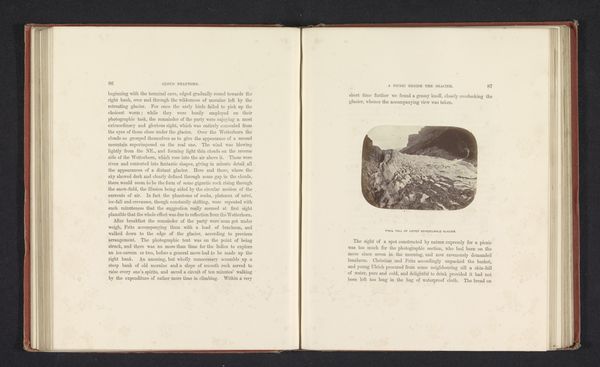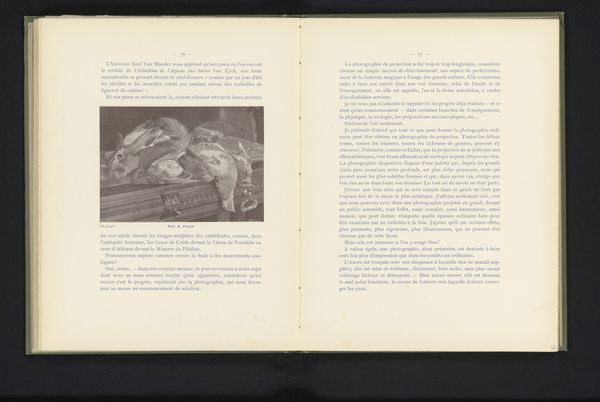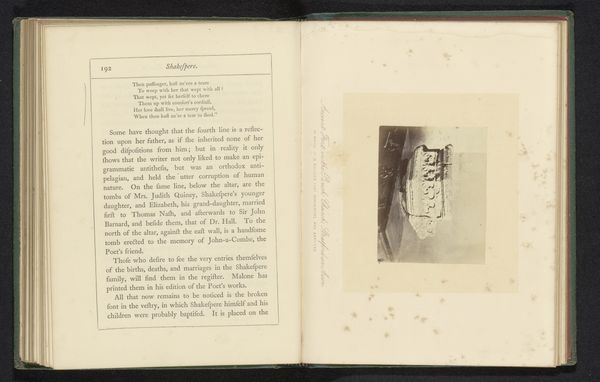
print, textile, photography
#
portrait
# print
#
textile
#
photography
Dimensions: height 198 mm, width 145 mm
Copyright: Rijks Museum: Open Domain
Arthur Lucas made this print of ‘The Thibetan Ravine Deer’ sometime in the 19th century, using a process known as photogravure. This image, carefully extracted and presented, speaks to the Western fascination with exotic fauna during a time of expanding imperial reach. The photogravure process itself is significant, as it allowed for the mechanical reproduction of photographic images, making them accessible to a wider audience. Consider the context of the British Empire’s presence in Tibet during this period. Images like this one played a role in constructing a particular narrative about the region and its wildlife. It's a selective narrative divorced from the animal's habitat, from the local people with whom the animal shares its habitat, and from the British Empire’s hunting activities in the region. The image elevates the British colonial presence to a position of scientific authority. To understand this print, we need to look at the history of scientific illustration, colonial expansion, and the development of photographic reproduction technologies. Only then can we consider how art is always contingent on these wider social and institutional contexts.
Comments
No comments
Be the first to comment and join the conversation on the ultimate creative platform.


